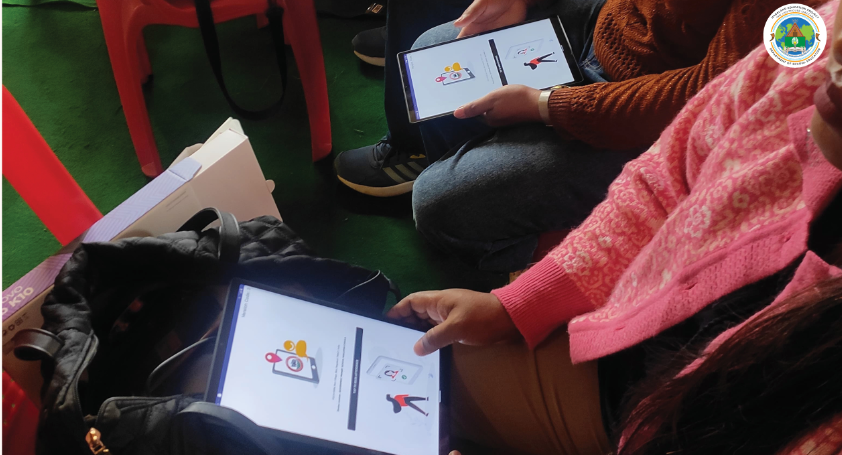The Department of School Education launched the statewide rollout of the Teachers Attendance Monitoring System (TAMS) SMILE app on February 1, 2025, aiming to streamline attendance tracking for over 18,000 teaching staff and 4,000 non-teaching staff. Since its introduction, the app has recorded an average daily attendance of approximately 7,500 employees, representing about 34% of the total workforce.
The app, implemented under Nagaland Education Project -The Lighthouse (NECTAR), has been praised for its potential to enhance accountability, however, technical issues and a lack of strict enforcement have also left several teachers dissatisfied.
Speaking to Nagaland Tribune, a teacher from Zunheboto expressed frustration with the app’s functionality. She shared that the app had incorrectly marked her as absent despite her being present, forcing her to manually correct her attendance. Describing the app as “not user-friendly,” she highlighted frequent network connectivity issues. For example, last week, she was present every day, but the app only recorded her attendance for two days. She emphasized that attributing these errors to technical glitches is no longer acceptable, as they undermine the system’s reliability.
Another teacher noted that while the department had provided tablets to schools for attendance tracking, persistent network problems often rendered them unusable. She appreciated the app’s intent to encourage regular attendance but pointed out that some teachers still avoid coming to school despite its implementation. She expressed doubt about the department taking action against defaulters, citing the app’s technical flaws as a significant barrier. According to her, the system’s success ultimately depends on individuals’ willingness to work, and the app’s glitches have cast doubt on its effectiveness.
On a more positive note, a head teacher from a school in Kohima welcomed the initiative, calling it a step forward in improving the quality of education in Nagaland’s government schools. She expressed optimism that the app could enhance accountability and raise overall educational standards.
However, another teacher raised concerns about the app’s limitations, particularly regarding network issues and technical glitches. She pointed out that while dedicated teachers like herself work diligently, often staying late to provide quality education, others simply mark their attendance and leave early. She criticized the app for allowing teachers to mark attendance around midday, which she felt was unfair. This teacher suggested that stricter enforcement and monitoring are necessary to ensure all teachers contribute equally and are treated fairly.
Another teacher pointed out that the app is not practical for senior citizen teachers who are not tech-savvy. He explained that it is very challenging for many in his age group, as they are not familiar with such technology. He shared, “I have a basic black-and-white phone, so while some colleagues are searching for network signals or waiting in line to mark their attendance, others end up logging in an hour late due to the long waiting time.” While he acknowledged that the app is beneficial for schools struggling with attendance, he also described it as a hassle for some teachers, particularly those who find it difficult to adapt to the new system.
When we reached out to the project team, they acknowledged the technical issues but assured that they are working diligently to resolve them. They highlighted challenges such as network connectivity problems, system overload, and other glitches, emphasizing their commitment to ongoing improvements and future plans to make the app more efficient and reliable.
They had also mentioned that the app needed an upgrade which many schools are unaware and also mentioned that once the attendance is marked present in the table given at school, it might show absent due to network issue but once the network is back it will automatically read and mark the teacher present if he/she had given her attendance.


